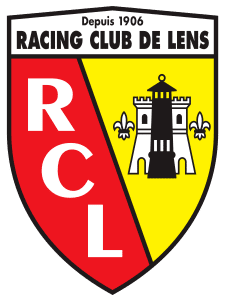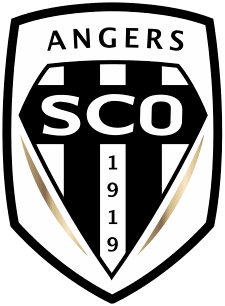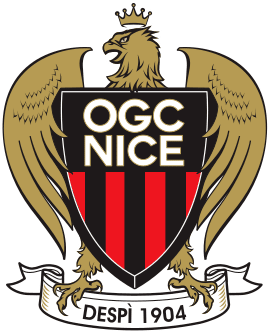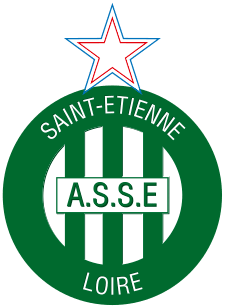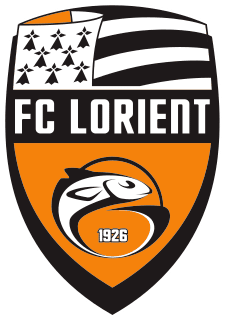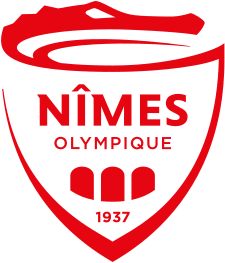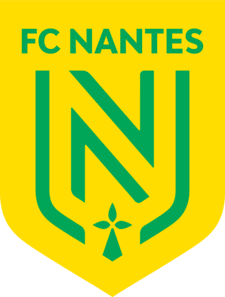Paris Saint-Germain FC Tryouts & Club Guide: History, Stadium, Players, and More!

Welcome!
Discover the world of soccer with fcscout.com, your go-to scout for club tryout information, club guides, player profiles, in-depth product reviews, and more. We’re dedicated to exploring and revealing the best in each domain, empowering you with knowledge to make informed choices.
Thank you for being here!
Hi, I’m Carlos! A coach, sports enthusiast, and the founder of FCScout.com.
I fell in love with the game at a very young age like many of you. I’ve been following and playing soccer for many years.
Throughout my career, I always enjoyed helping soccer players chase their dreams, which is why I started this website. I wanted to reach a larger audience outside of my local area and fcscout.com was born.
This website is a platform I will be using to update club pages on any tryouts, stadiums, players, tech, and more from clubs around the world. I also create free recruitment profiles for players looking to have that extra competitive edge when reaching out to clubs.
That’s it. That’s my pitch for you to stick around (or browse the site as you please).
This is already too much text for a “see more” drop-down button thing. If you want to reach out to me, head on over to my contact page 🙂

Paris Saint-Germain Football Club, commonly referred to as Paris Saint-Germain, Paris SG, or simply Paris or PSG, is a French professional football club based in Paris, France. The club competes in Ligue 1, the top flight of French football.
PSG Youth Development System
he Paris Saint-Germain Youth Academy, commonly known as the PSG Academy, is the youth system of both Paris Saint-Germain (men’s team) and Paris Saint-Germain Féminine (women’s team). Established in 1970, the academy is managed by the Association Paris Saint-Germain. Its first youth training centre opened in 1975 at the Camp des Loges in Saint-Germain-en-Laye, Paris Region. The academy now has centres in several countries around the world.
Since its inception, the academy has produced several renowned players such as Jean-Marc Pilorget, Luis Fernández, Nicolas Anelka, Mamadou Sakho, Kingsley Coman, Adrien Rabiot, Alphonse Areola, Presnel Kimpembe, Marie-Antoinette Katoto, Grace Geyoro, Perle Morroni and Sandy Baltimore. Many other graduates have also went on to sign professional contracts with PSG or other clubs.
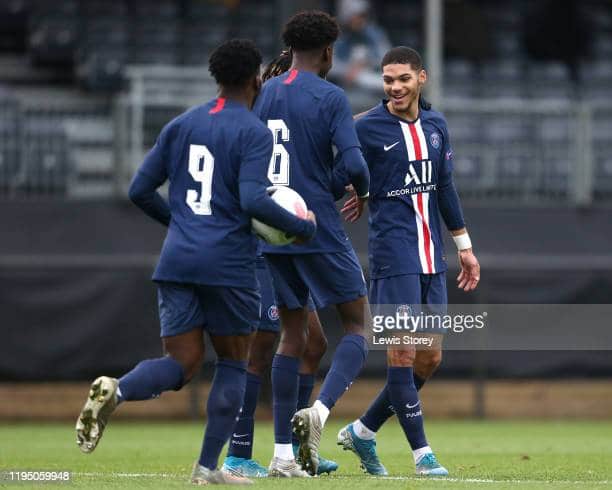
Recognized as one of the best in the country, the PSG Academy has been named Best Youth Club by the French Football Federation on four occasions. Domestically, the Men’s Under 19 team have won a record four Championnat National U19 titles, one Coupe Gambardella and one Tournoi Carisport. The Women’s Under 19 side have won the Challenge National Féminin U19 three times. The Men’s Under 17 outfit have won a record three Championnat National U17 titles and one Championnat National des Cadets.
In international club football, the Men’s U19 side have won one Tournoi Européen des Centres U21 and reached the UEFA Youth League final in 2015–16. The Men’s U17 squad have won a record three Al Kass International Cups and one Montaigu Tournament. Additionally, the now-defunct Men’s Reserve team won three Coupe de Paris.
PSG Academy
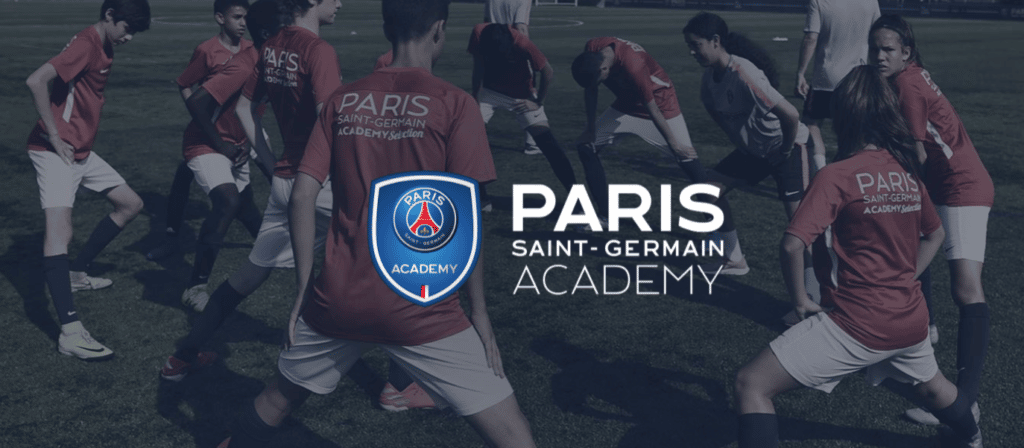
Opened in 2005, the Paris Saint-Germain Academy offers thousands of children, in France and around the world, the chance to play football in one of its permanent schools or holidays camps.
OPEN TO EVERYONE

The Paris Saint-Germain Academy is open to boys and girls, from 4 to 17 years of age, irrespective of their standard, to share the values of Paris Saint-Germain via unique cultural and sporting experiences.
A RENOWNED METHODOLOGY
Each coach is specially trained in the Paris Saint-Germain methodology, to guarantee quality coaching.

The training sessions are devised by the club’s technical staff and follow the Paris Saint Germain playing philosophy, while adapting to the level of each child.
EXCELLENT FACILITIES
The facilities are of the highest standard to ensure the children get the most out of their training in a safe and secure environment.
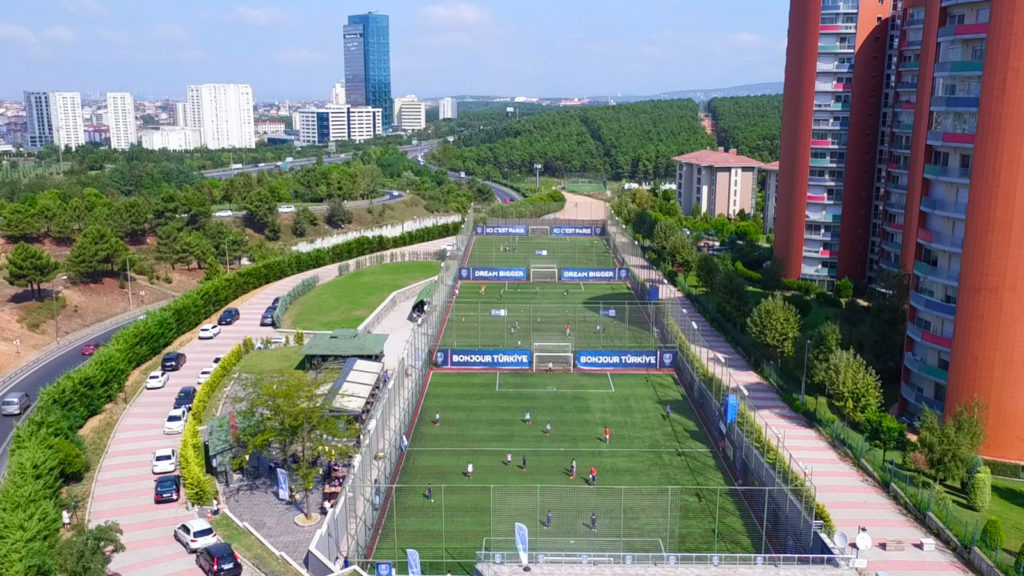
A STRONG INTERNATIONAL PRESENCE
The Paris Saint-Germain Academy is present in 14 countries, with 75 permanent centres and more than 150 holiday camps.
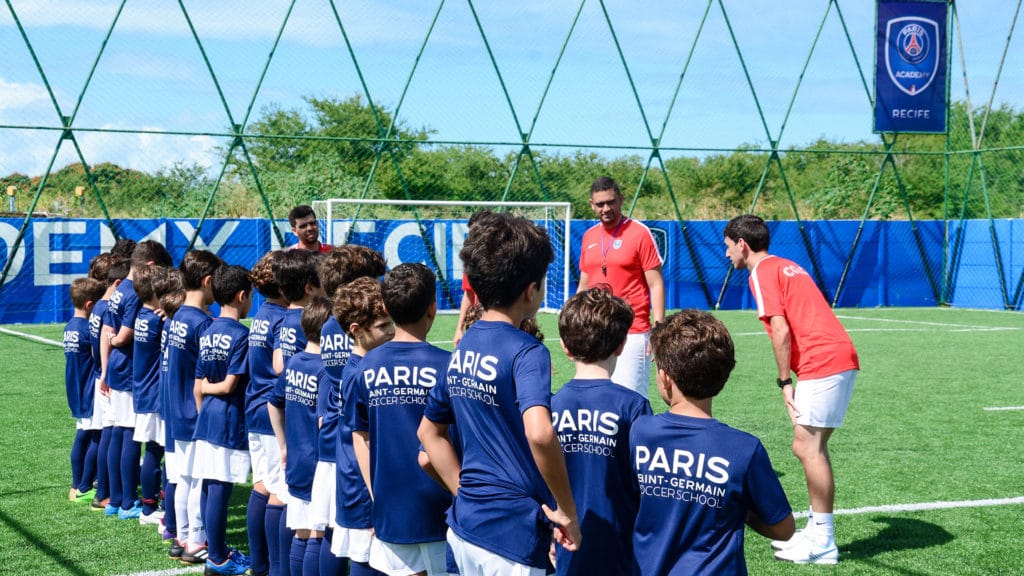
More than 13,000 children participate in Academy activities this season.
ACADEMY EVENTS
To maintain strong ties with the club and offer children some unforgettable memories, two big annual events bring together to Paris kids from all the academies around the world.
PARIS SAINT-GERMAIN ACADEMY CUP
For four days, teams from every Academy come together, offering them a unique sporting and cultural experience. The kids play in the football tournament, visit Paris and watch a Ligue 1 live at the Parc des Princes and much, much more.

PARIS SAINT-GERMAIN ACADEMY SELECTION CAMP
This intensive week-long camp brings together the two best players from each Academy around the world with the aim of helping them continue their development and introduce them to the demands of elite football.
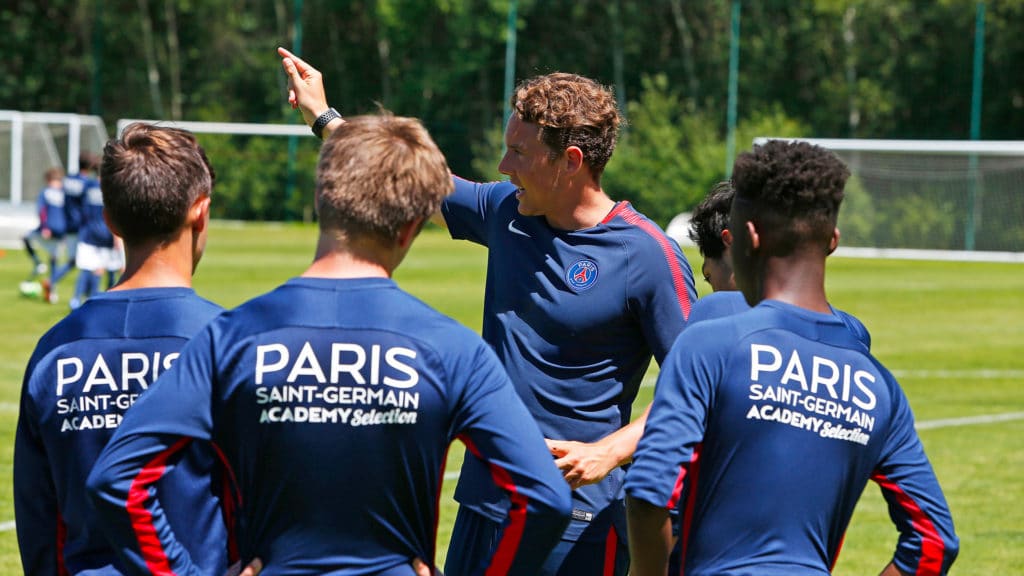
PSG ACADEMY LOCATIONS
All over the world, the Paris Saint-Germain Academy offers the club’s fans the opportunity to become members of the Rouge et Bleu family. Thousands of children also have the chance to share our values and benefit from Paris Saint-Germain’s savoir-faire.
For more information about your nearest Academy, click on the corresponding map above.
UrbanSoccer five-a-side
In France, the UrbanSoccer five-a-side centres host the permanent Paris Saint-Germain Academy and holiday camps with excellent quality facilities.
PSG FOOTBALL SCHOOL
The Paris Saint-Germain Academy welcomes more than 5,500 children of all standards, once or twice a week, in one of the 19 Football Schools across France.
Paris Saint-Germain Academy is one of the largest football schools in France. Welcomed in UrbanSoccer centers, the objective is, beyond giving children a taste for football, to improve them in this practice while instilling in them the values that make the club so strong.

The Paris Saint-Germain Academy thus welcomes children of all levels during a training session once a week in the center of your choice and according to the day and the time slot that suits you.
Football School Benefits
- Training flexibility
- Workouts adapted to all different level players
- Baby soccer (ages 3)
- Eligible teams participating in PSG World Cup
- Direct link with PSG club events
To sign up for France football schools or to learn more, please click here.
PSG HOLIDAY CAMPS
During school holidays, the Paris Saint-Germain Academy organises full-board and half-board training camps, offering kids the chance to improve their football while always having fun. The kids train twice a day, play matches and visit the Parc des Princes (for the Ile-de-France centres).
To sign up or learn more about PSG holiday camps, please click here.
EXPLORE MORE CLUBS!
Explore more professional clubs by continent.
Paris Saint-Germain FC History
The Parisians football club was established in 1970, and they won their first major honor, the French Cup, in 1982. They went on to win their first Ligue 1 title in 1986. The decade of the 1990s was one of the most successful in PSG’s history. During this time, the club won a second league, three French Cups, two League Cups, two French Super Cups, and the UEFA Cup Winners’ Cup in 1996. In addition, they won two French Super Cups.
They have won seven league titles and eighteen national cups, achieving a level of dominance in domestic competitions that is unmatched by any other team in history. Since 2011, the Red and Blues have enjoyed a revival thanks to increased financial backing. After experiencing a decline in fortunes throughout the 2000s. The club competed in the final of the UEFA Champions League for the first time in 2020, but they were defeated by Bayern Munich.
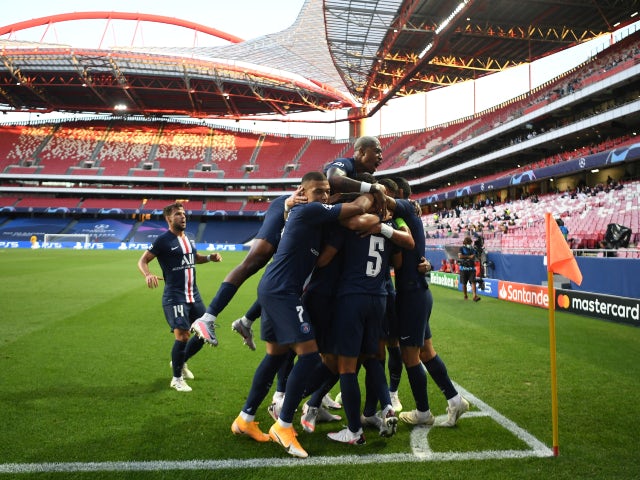
The Paris Saint-Germain football club is one of just two French teams to have triumphed in a major European competition and holds the record for the most continuous seasons spent competing in the top division. They are also the most well-known football club in all of France, making them one of the teams with the most devoted fans anywhere in the globe.
The primary colors of the Paris Saint-Germain home shirt are red, blue, and white. The emblem of the club is a combination of the fleur-de-lys and the Eiffel Tower. Olympique de Marseille and Paris Saint-Germain have been rivals for a very long time. The match, known as Le Classique, is considered to be the most prestigious event in all of French football.
Stadium
The Parc des Princes is an all-seater football stadium that can be found in Paris, France. It is located in the south-west of the French capital, within the 16th arrondissement, close to the Stade Jean-Bouin and the Stade Roland Garros.
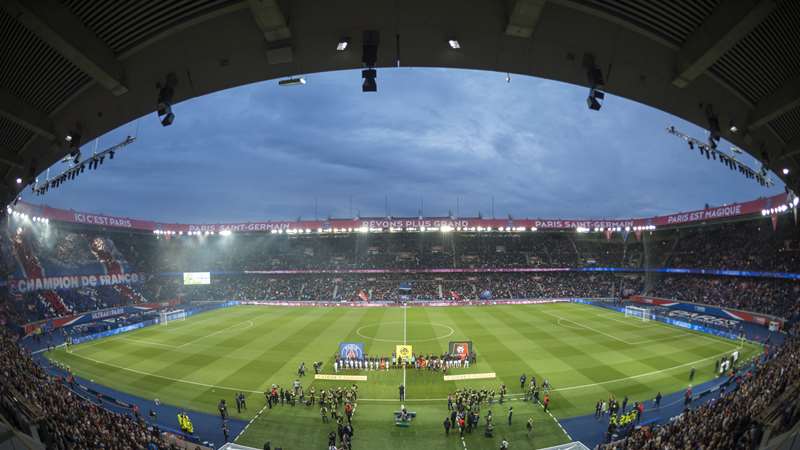
Since 1974, Paris Saint-Germain has called this stadium, which has a total capacity of 47,929 spectators, their home field. Before the Stade de France opened in 1998, this venue served as the primary training ground for both the French national football and rugby union teams. The field in Parc des Princes is encircled by four covered stands that are comprised of individual seats. These stands have been given the official names Tribune Borelli, Tribune Auteuil, Tribune Paris, and Tribune Boulogne.
Crest
The first crest of Paris Saint-Germain was remarkably similar to the emblem that had been used by Paris FC (PFC) since the club’s inception. Due to the necessity of merging clubs and giving birth to the new club at the Stade Saint-Germain stadium, the PFC crest maintained its original appearance; however, the name below the crest was changed from “Paris Football Club” to “Paris Saint-Germain Football Club.” This insignia was a football that was blue on the outside and contained a vessel that was crimson on the inside. The latter can be found on the coat of arms that represents the city of Paris due to its significance in the city’s history.
Below, in red, was the name of the club that was being discussed. PSG, on the other hand, severed ties with PFC in 1972 and hence required a new crest. The second crest of the club, which represented both Paris and Saint-Germain-en-Laye, established the foundation for the one that the supporters are familiar with today. The Saint-Germain brand was represented by a circular logo that featured the Eiffel Tower in red on a background of blue. Between the tower’s legs were two white Saint-Germain symbols: a fleur de lis and the cradle of Louis XIV. Christian Lentretien, a former member of the PSG board of directors and a publicist by trade, designed this crest in the year 1972. It wasn’t utilized for the first time until 1982.
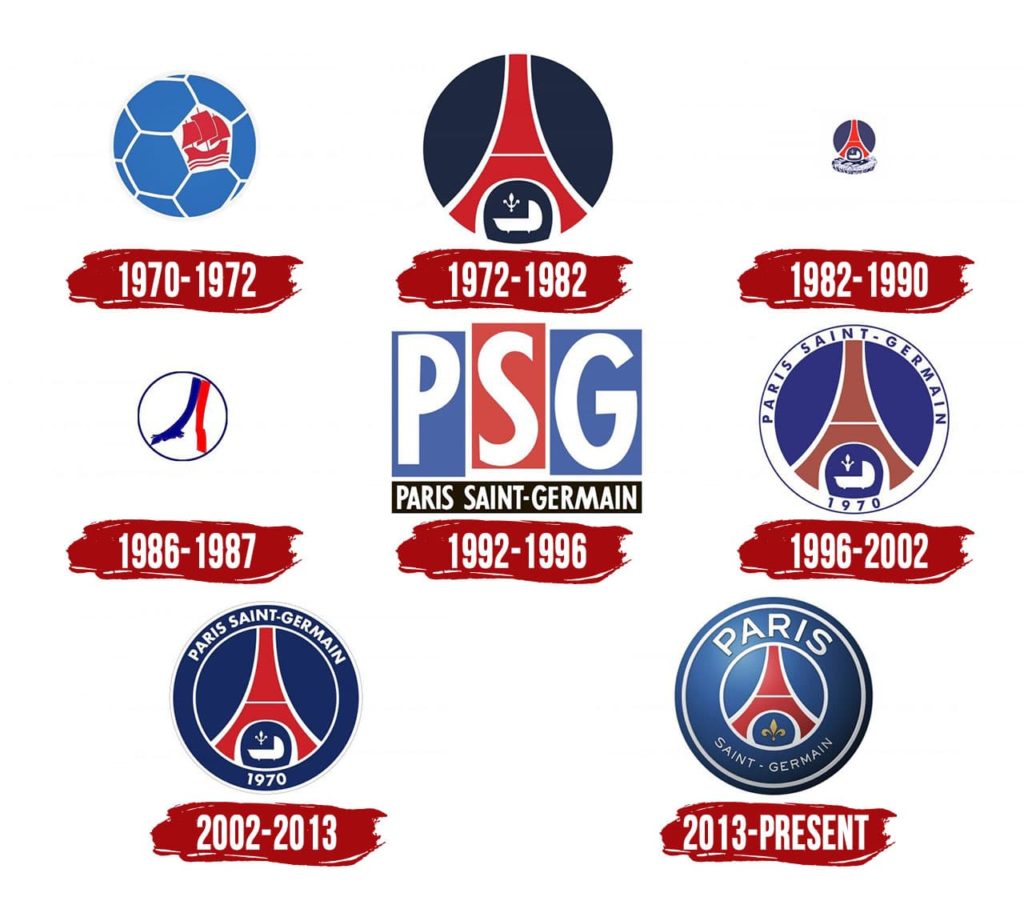
Following the year 1982, the name of the club’s home stadium, Parc des Princes, was put below the crest, and it remained there until 1990. Between the years 1990 and 1992, there was a temporary return to the ancient crest, but in 1992, the current owners, Canal+, made significant changes to it. The new model included the abbreviation “PSG” written in white against a background that alternated between blue, white, red, and blue (similar to the color pattern of the Hechter shirt), with the words “Paris Saint-Germain” written in white against a background that was black.
The traditional crest was brought back in 1995 as a result of pressure from the club’s supporters. It had the words “Paris Saint-Germain” above the tower and “1970” below the cradle. In the year 2002, a minor revision was made to the appearance of this logo. In 2013, the club’s historic crest underwent a significant transformation in response to a request from the Qatari owners of the organization. “Paris” is now inscribed in enormous, bold white letters over a massive replica of the Eiffel Tower, making it abundantly evident that the brand “Paris” is being promoted rather than “Paris Saint-Germain.”
Underneath it, the name “Saint-Germain” is printed in tiny letters underneath the fleur de lys in the center of the design. On the other hand, the cradle and the year “1970” that the club was founded were not included. Jean-Claude Blanc, the deputy general manager of Paris Saint-Germain, was quoted as saying, “We are called Paris Saint-Germain but, above all, we are called Paris.”
Ownership
Qatar Sports Investments (QSI), which bought the club in 2011, is the owner of Paris Saint-Germain and is controlled by Tamim bin Hamad Al Thani through closed shareholders. PSG became the wealthiest club in France as a result of the takeover, and it is now among the wealthiest clubs in the world.
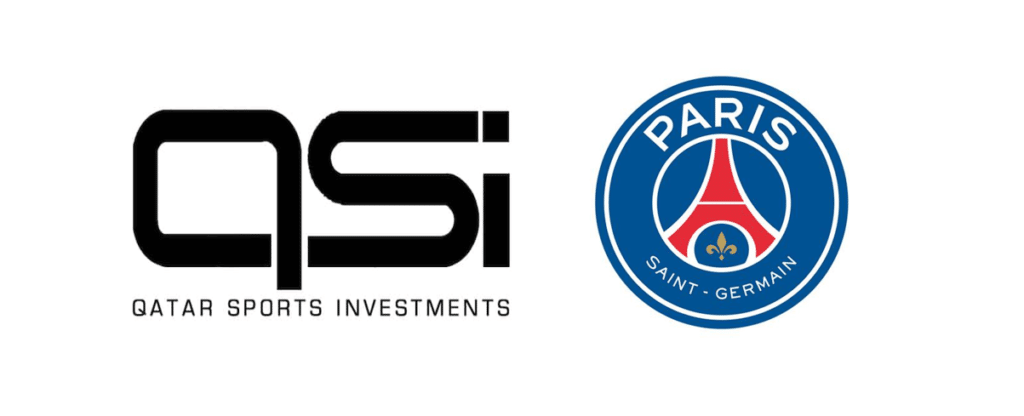
PSG is the eleventh most valuable football club in the world, according to Forbes, with a value of $1.092 billion as of the 2019–20 season. According to Deloitte, PSG has the seventh-highest revenue in the world of footballing, with an annual revenue of €541 million.













